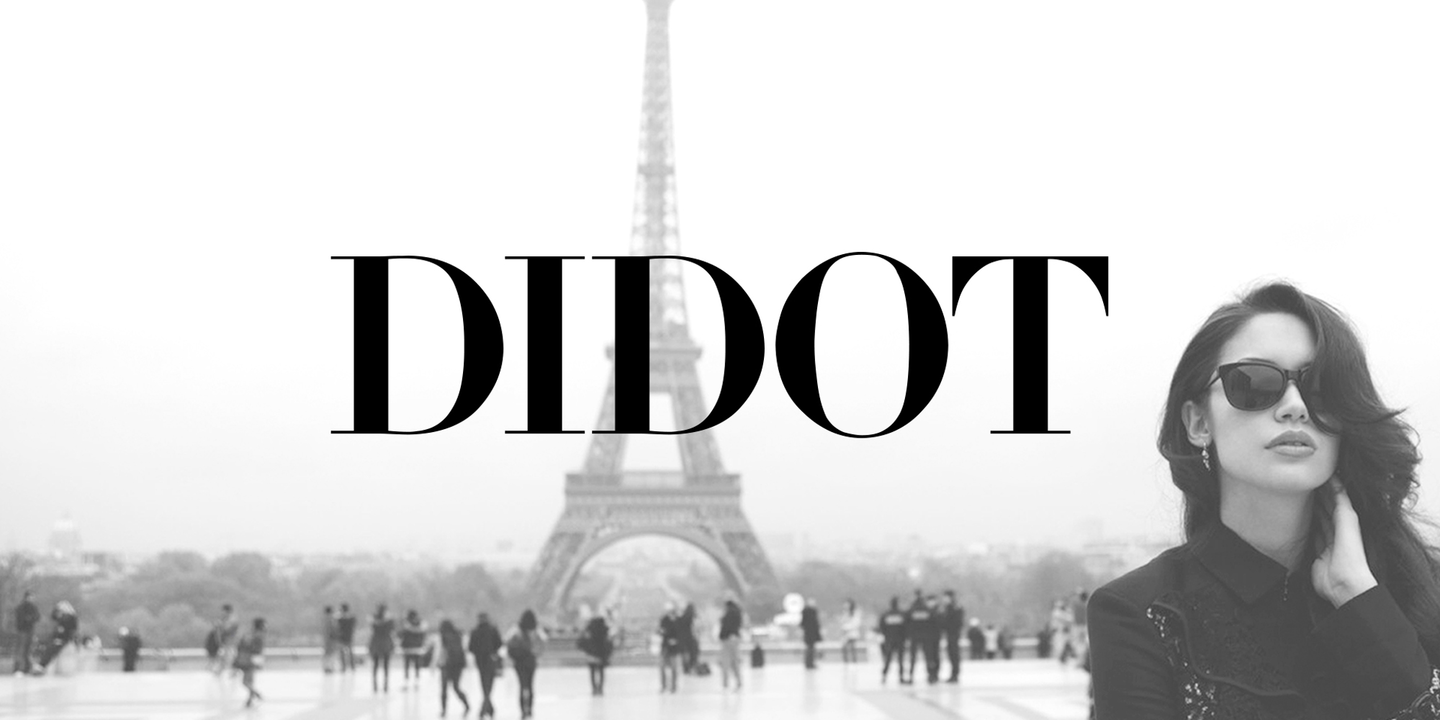

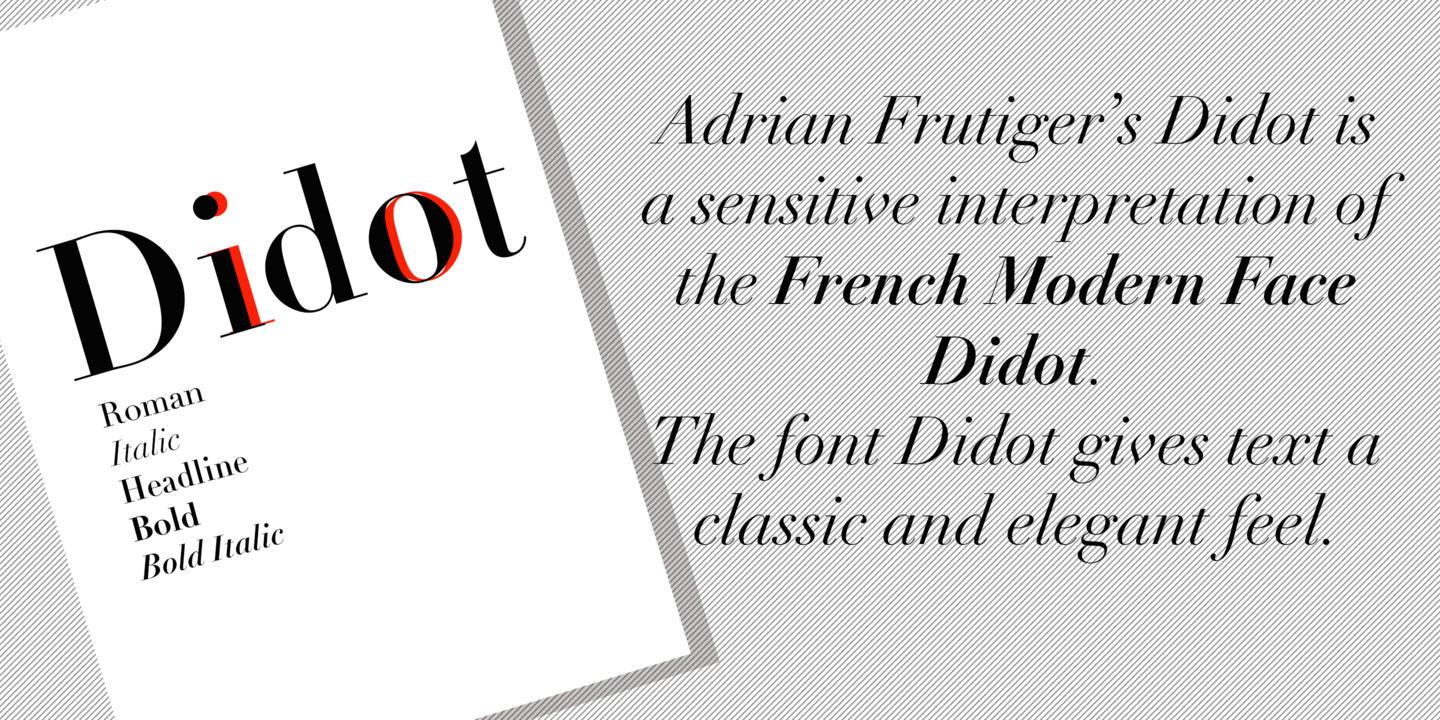
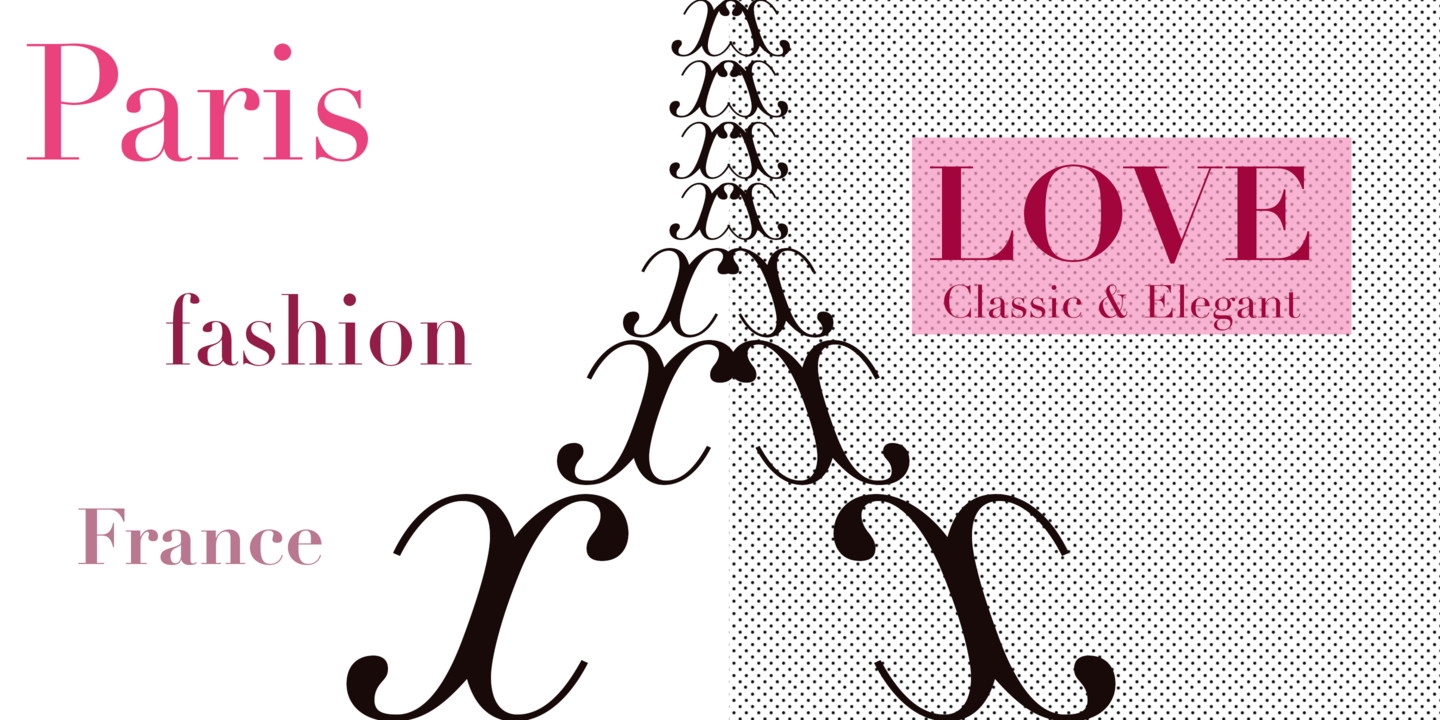
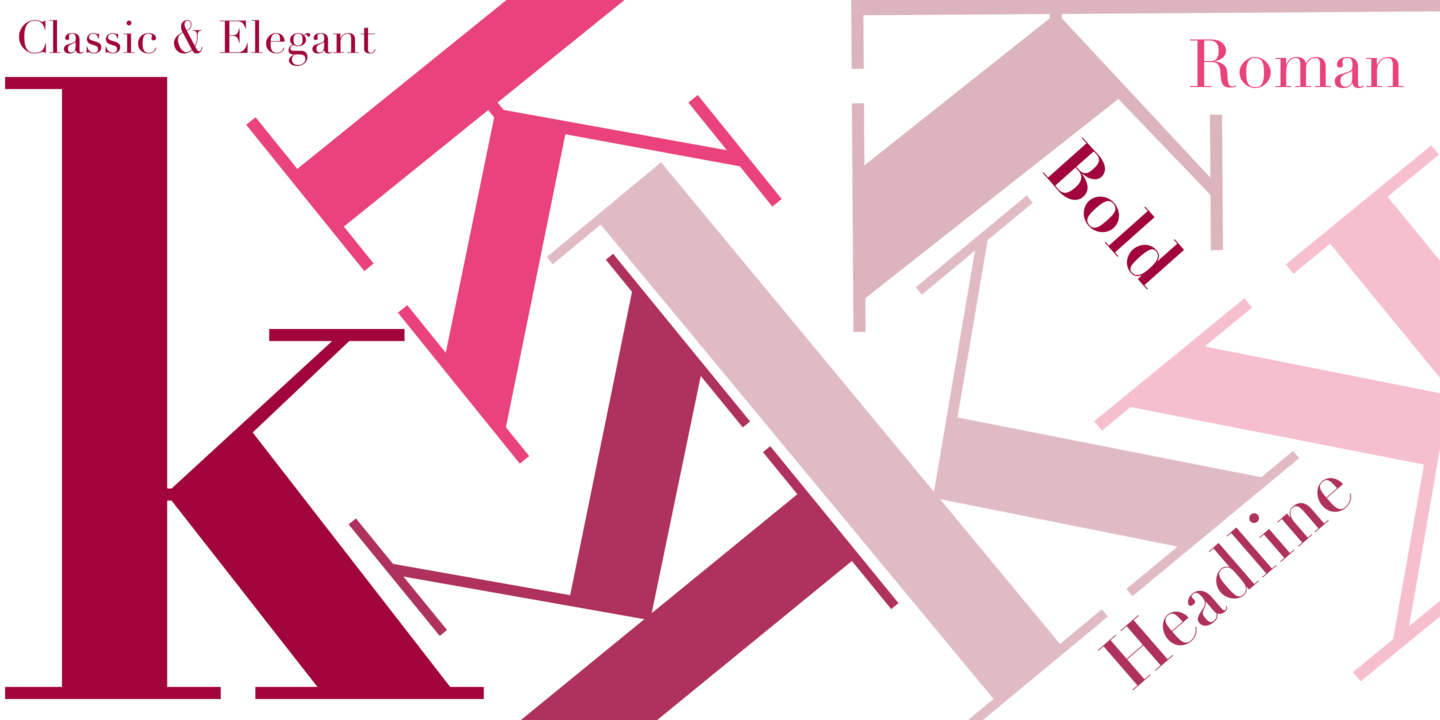
Informacje o czcionce
Zebraliśmy wszystkie najważniejsze informacje o czcionce Linotype Didot Pro Bold Italic. Poniżej znajduje się tabela dotycząca wersji pliku czcionki, licencji, praw autorskich, projektanta i nazwy dostawcy. Informacje są pobierane z pliku czcionki "TTF".
| Nazwa rodziny czcionki | Linotype Didot Pro Bold Italic |
| Nazwa czcionki | Linotype Didot Pro Bold Italic |
| Nazwa stylu | Bold Italic |
| Identyfikator czcionki | com.myfonts.easy.linotype.didot.pro-bold-italic.wfkit2.version.4SZd |
| Wersja czcionki | 1.00 |
| Znak towarowy | Linotype Didot is a trademark of Linotype GmbH registered in the U.S. Patent and Trademark Office and may be registered in certain other jurisdictions. |
| Projektant | Adrian Frutiger |
| Projektant link | http://www.linotype.com/fontdesigners |
| Link do sprzedawcy (dostawcy) | http://www.linotype.com |
| Producent | Linotype GmbH |
| prawa autorskie | Copyright © 2012 Linotype GmbH, www.linotype.com. All rights reserved. This font software may not be reproduced, modified, disclosed or transferred without the express written approval of Linotype GmbH. Linotype Didot is a trademark of Linotype GmbH registered in the U.S. Patent and Trademark Office and may be registered in certain other jurisdictions. This typeface is original artwork of Adrian Frutiger. The design may be protected in certain jurisdictions. |
| Opis | For about 100 years in the eighteenth and nineteenth centuries, several members of the Didot family were active in Paris as designers. They were also printers, publishers, typefounders, inventors, writers and intellectuals. Around 1800, the Didot family owned the most important print shop and font foundry in France. Pierre Didot published books and prints set in typefaces designed and punchcut by his brother, Firmin Didot. The statuesque, clear forms of the Didot alphabets are representative of the time, and are quite similar to those designed by Giambattista Bodoni around the same time in Italy. These types are in the style known as "modern" - meaning they are characterized by extreme vertical stress and fine hairlines contrasted by bold main strokes. Linotype Didot was drawn by Adrian Frutiger in 1991, and is based on the fonts cut by Firmin Didot between 1799 and 1811. Frutiger also studied the Didot types in a book printed by the Didots in 1818, "La Henriade" by Voltaire. This beautifully drawn family has 12 weights including Old style Figures, a headline version, and superb graphic ornaments. Linotype Didot is the right choice for elegant book and magazine designs, as well as advertising with a classic touch. |

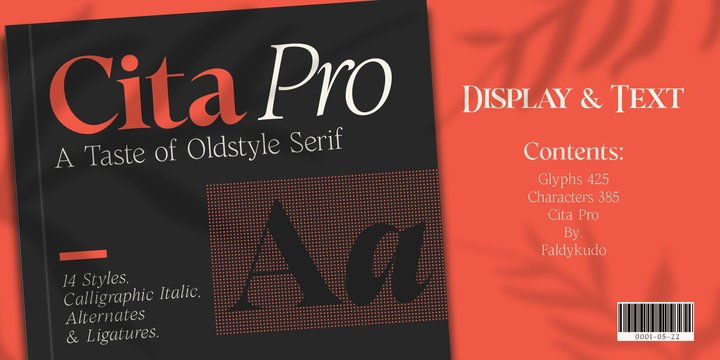
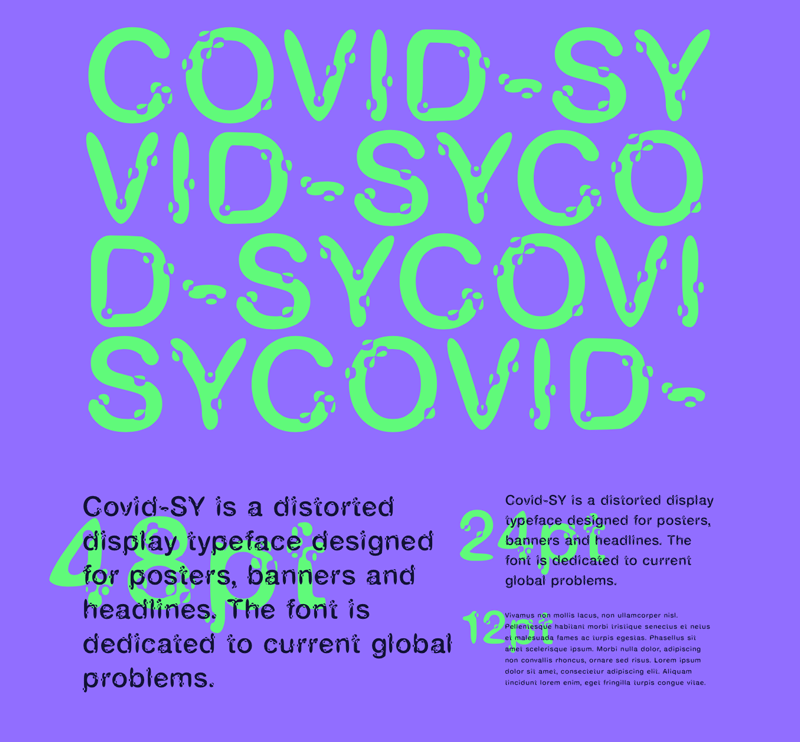
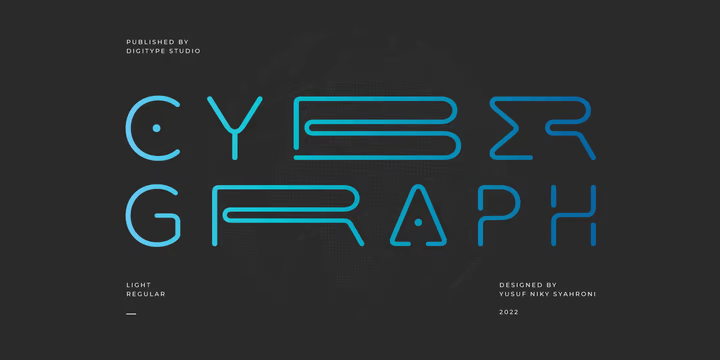

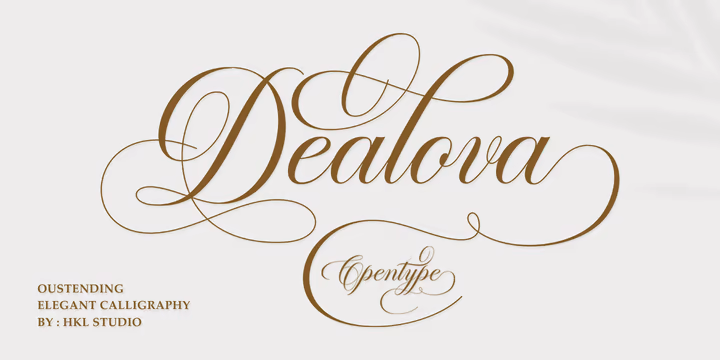
Uwagi